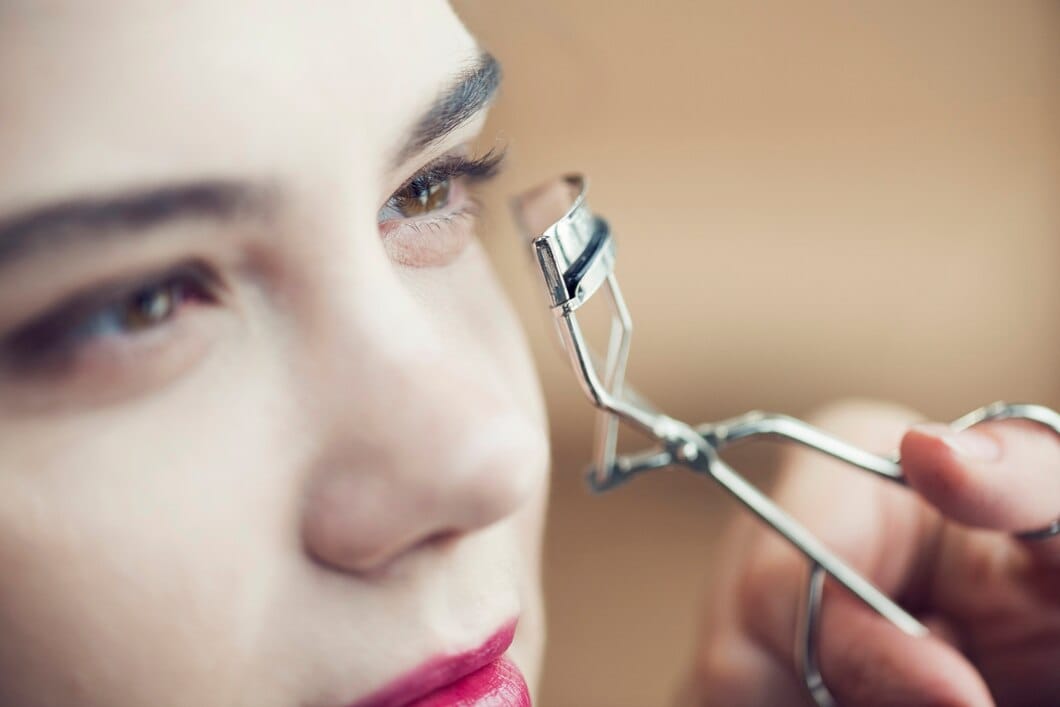Of course, sunscreen may be one of the most critical products that a person needs to have with his or her skin care products at all times. Whether running a few errands on a sunny day or off to the beach, sunscreen should always be applied to protect against the terrible effects of sun rays. Most likely, few people will believe that there is a right and wrong way to apply sunscreen; this is the kind of problem. Thus, this introduction focuses on the most probable relevant issues concerning the proper application of sunscreen.
Why Proper Application of Sunscreen Matters

A lot of people forget that the improper usage of sunscreen can also cause some parts of your body to receive ultraviolet damage. Applying insufficient amounts, forgetting to apply it on specific parts like the ears or neck, or not repeating the process often enough are common mistakes that make the sunscreen much less effective. Such blunders may lead to sunburn, early aging, and even a greater possibility of developing cancer in the skin.
Demystifying SPF: What It Does Mean, Actually
This term, SPF, is an abbreviation for Sun Protection Factor and supposed to describe the efficacy of sunscreen in protecting against the burning effects of the UVB rays. Actually, SPF does not mean the period one spends under the sun, wearing protecting sunscreen, but rather gives an indication of the effectiveness the sunblock provides the skin when shielding against the UVB rays. For example, SPF 30 is produced with the aim of blocking about 97% of UVB; SPF 50 is pretty close to 98. There is a guarantee that the higher the SPF, the greater will be the safety to sunlight, despite the clear indication that no sunscreen cream can prevent the exposure to 100% sun rays. In addition, they recommend using sunscreen of at least SPF 30 for most everyday activities.
How Much Sunscreen You Should Apply
For the desired effect of a sunscreen, it is essential to apply it in the correct amount. The American Academy of Dermatology recommends a full volume of one ounce (a shot glass) of sunscreen for the whole body. Specific areas like your ears, the back of your neck, and the tops of your feet, which nearly everybody fails to remember, should also be included. This should be just up to the size of a coin when applying to your face only. When to put sunscreen on
Sunscreen During the Day
While the sun’s rays may not always be visible, people should still put on sunscreen. If it is sunbathing, lotion remains indoors for at least fifteen minutes before use. This is to ensure that the lotion dries and sticks to the skin. If you will be spending a longer than usual period outside of the house, do not forget to apply sunblock or sunscreen before you go outside in order to prevent getting sunburnt from the very beginning.
How Often You Should Reapply Sunscreen

Reapplying is equally important as the application of sunscreen in the first place. Sunscreens are subject to weather changes, activities like swimming and running, and even the body’s natural oils. Reapplication of sunscreen is advised every two hours or immediately after swimming or sweating activities. If water-resistant sunscreen is being used, the duration on the label should determine the period during which everyone is protected from water activities (which is usually between 40 and 80 minutes).
Sunscreen for Different Skin Types
Suntan lotion cannot be universal because different skin types have different solutions. For example, people with oily skin usually like thin and non-pore-blocking treatments. Conversely, people with dry skin would probably prefer a coating of sunscreen that contains some form of moisturizer with ingredients such as hyaluronic acid. In such cases, it is recommended to choose sunscreen that is free of any fragrance, alcohol, or dyes for such sensitive users.
Sunscreen and makeup: How to Combine Them
This also does not bring to light the topic of applying sunscreen when someone has makeup. It is recommended to apply the sunscreen to the face and then just leave it there for a couple minutes before one can put makeup on. Some products are a mix of sunscreen and foundation, which is really helpful; however, it needs to be ensured that the SPF is rated as high as possible so that it may deliver sufficient coverage.
Sunscreen for Kids: What You Need to Know
The skin of children is considerably softer compared to that of adults, which makes them prone to sunburns. Always make sure to apply a broad-spectrum sunscreen with a minimum SPF of 30 on the kids and give preference to physical sunscreens that are effective and do not irritate sensitive skin much. Do not forget to apply the cream as often as possible, especially after engaging in activities involving water.
Sun Protection Clothing: An Added Layer of Defense

In addition, clothing designed to protect oneself from exposure to the sun’s rays is an added advantage. Look for clothing that has an UPF (ultraviolet protection factor)-rated label. A fabric with a UPF rating of 50 stops 98% of the sun’s rays, making it a better addition rather than limiting it to just applying sunscreen. However, in addition to sunscreen, long-sleeve shirts, an appropriate fit hat, and UV-ray waist shades can improve your resistance toward the UV rays.
Conclusion: Achieving Maximum Protection with Sunscreen
Of course, knowing how to use their sunscreen would be essential in shielding one’s skin against the harsh rays of the sun. Then, this could be minimized if proper sunscreen and its proper application are used, with reapplication when necessary. Taking care of one’s skin today will have an effect on how the said skin will be in the future; this is something that should be clear.
FAQs
Do I apply sunscreen to infants?
No on infants under six months. Shade and protective clothing are often recommended for that age group.
May I apply sunscreen over makeup?
It can be applied right over the makeup, although one might get a little difficult an even layer and dust can even cling to it.







